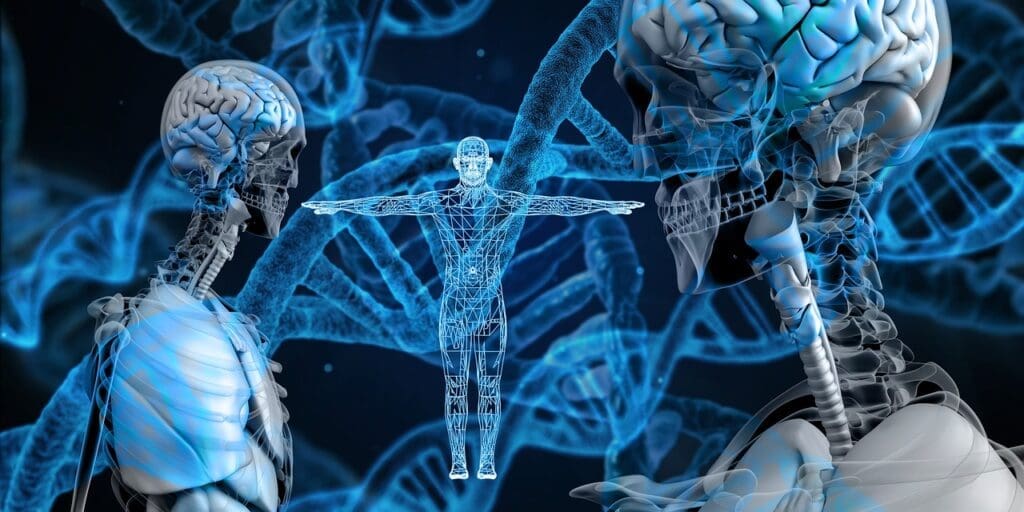New labeling system for bioimaging: SNAP-tag2 accelerates and improves fluorescence analysis
With the development of the SNAP-tag2 protein and optimized substrates, researchers at the Max Planck Institute for Medical Research in Heidelberg have made significant progress in the field of bioimaging. The new technology makes it possible to label proteins in living cells much faster and more efficiently with synthetic fluorophores. Thanks to the fast reaction kinetics and increased cell viability of the substrates, labeling can now be carried out at speeds up to a hundred times faster.
The original SNAP-tag system, which originated from a human DNA repair enzyme, enabled the binding of bright, photostable fluorophores to target proteins and was already widely used in biochemical research. The second generation now presented is based on a combination of protein engineering and targeted optimization of the substrate core. The aim was to create substrates that function reliably in different cells and with various fluorophores.

SNAP-tag2 not only impresses with its high reactivity. In combination with highly fluorescent dyes, the new system delivers up to five times brighter fluorescence than previous methods. Significantly better results are also achieved for applications in mammalian cells and yeast cells, which were previously difficult to label. SNAP-tag2 is fully compatible with modern imaging techniques, such as super-resolution STED microscopy, and is suitable for various cell types.
The improved labeling process opens up new possibilities, particularly for multi-color imaging and real-time analysis in the life sciences. Researchers expect that SNAP-tag2 will not only optimize existing applications, but also open up new areas of application for protein labelling. The results were published in the journal Nature Chemical Biology.
Original Paper:
SNAP-tag2 for faster and brighter protein labeling | Nature Chemical Biology
Read also:
New technology improves diagnosis of metastatic colorectal cancer – MedLabPortal
Editorial office: X-Press Journalistenbû¥ro GbR
Gender note. The personal designations used in this text always refer equally to female, male and diverse persons. Double/triple references and gendered designations are avoided for the sake of better readability ected.




